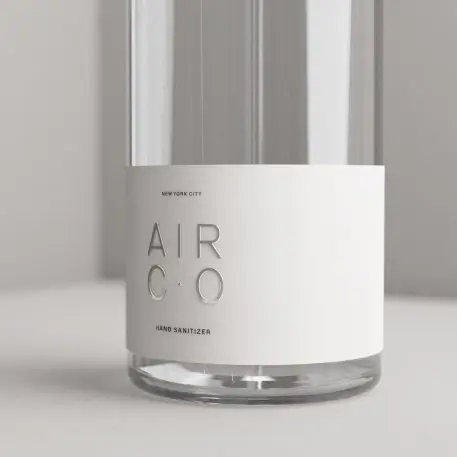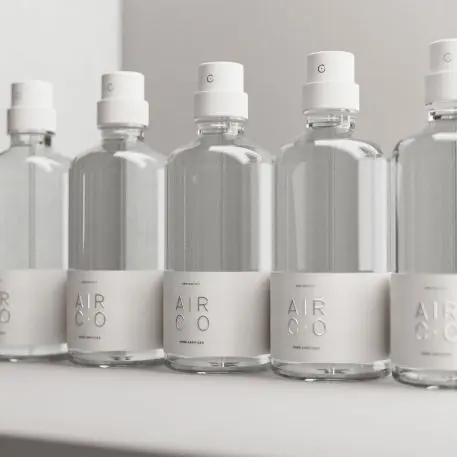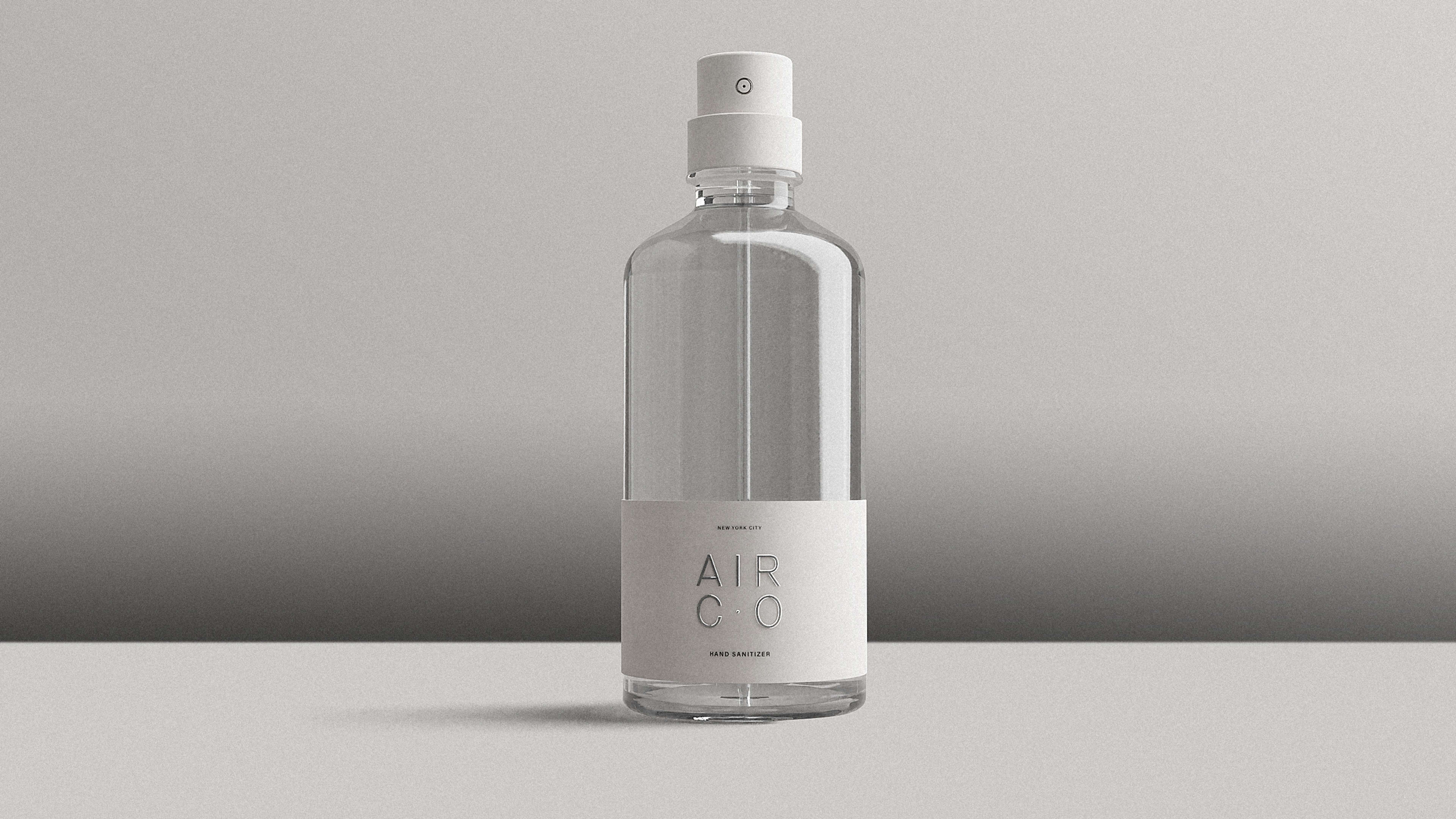When it launched last year, the New York City-based startup Air Co. made the world’s first carbon-negative vodka—using captured CO2 instead of yeast to make alcohol. Now, in response to the coronavirus crisis, it’s using that same captured CO2 to make hand sanitizer instead.

“As of last week, we temporarily shifted our entire vodka production efforts to make a carbon-negative hand sanitizer,” the company wrote in a statement today. “Sanitizer is 70% ethanol, our technology’s main output, and we will produce as many bottles as we can during this crisis.” The company is working with local officials to donate the bottles it produces to the institutions that most need it.

Something similar is happening at other distilleries across the country. In Atlanta, the Old Fourth Distillery started producing hand sanitizer when local stores ran out, and it offered free bottles to the community. In Portland, Oregon, Shine Distillery and Grill is doing the same. Others have followed, recognizing that hand sanitizer is an important part of fighting the outbreak—though health officials still recommend washing with soap and water as the best option when it’s possible.
Of course, hand sanitizer doesn’t sanitize much if it’s not made correctly. When consumers attempt DIY hand sanitizer, they haven’t always done it right. (Tito’s Handmade Vodka posted a warning after some recipes recommended it; the vodka contains 40% alcohol, but sanitizers need at least 60% alcohol to work.)
Air Co.’s version is unique in its environmental benefit. The company uses CO2 captured from nearby factories and then runs it through a process that combines it with water to make alcohol, distilling the final product in equipment running on solar power. The process is “inspired by photosynthesis in nature, where plants breathe in CO2,” Stafford Sheehan, one of the cofounders, told Fast Company in November. “They take up water, and they use energy in the form of sunlight to make things like sugars and to make other higher-value hydrocarbons, with oxygen as the sole by-product. Same thing with our process: The only by-product is oxygen.”
Recognize your brand’s excellence by applying to this year’s Brands That Matter Awards before the early-rate deadline, May 3.
